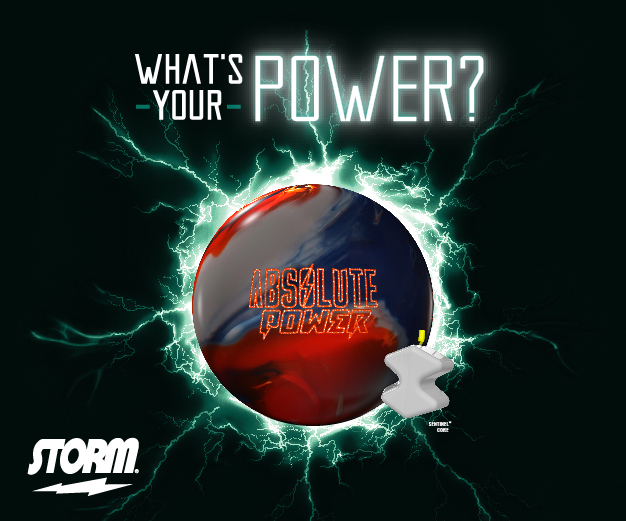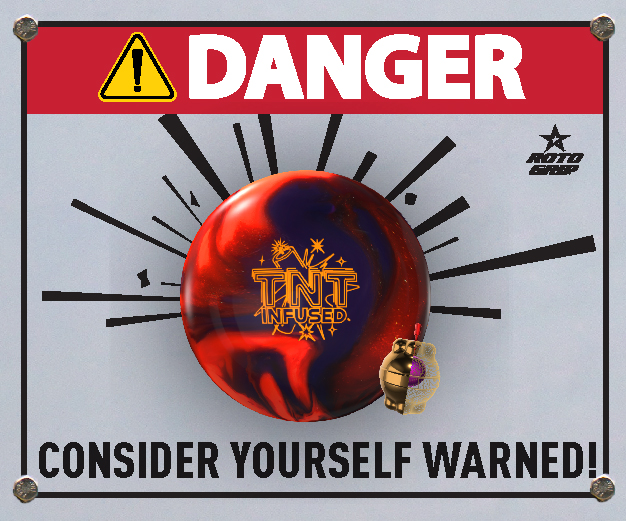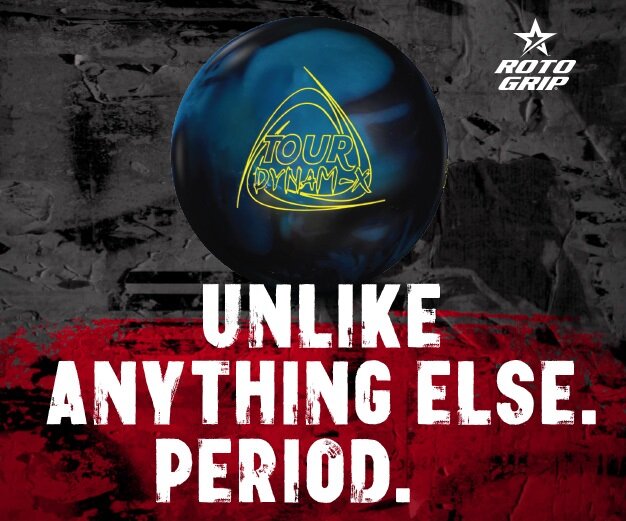Your throwing the ball well and you feel that everything is flowing just as well, your timing is on, your release is making a great ball reaction and you are slamming the pocket but why won’t they all go down? This has plagued bowlers forever. Solid ten pins, 8 pins, 9 pins etc… What do you do? Let take a better look, to understand, why we need to know how things work in a strike .
As well, we might all know a “ Perfect” strike but how it enters the pocket (we will use the 1-3 call it or the 1-2 for your lefties). So then let us takes out the 1-3-5-and 9 with the pins doing the rest of the work, 3 to the 6, 6 to the 10 and the 2 to the 4, 4 to the 7, 5 into the 8 and that’s a “Perfect” strike as they say . Then it can get complicated factoring in a few other variables. Variables like speed to the pocket, weight of the ball and of course angle.
Optimum entry angle to carry a strike is said to be somewhere between 4 – 6 degrees, which is about as thick as your check register in your check book. Here is one of the complicated formulas I found to calculate that angle. (WARNING – SCIENCE CONTENT)
 As you can see, you would have to stand several lanes to the right (or left) if you plan to hit this angle with a straight ball. Therefore we can now see the importance of the hook in a ball. The angle you can use (6 degrees) depends on the breaking point of your ball and the amount of hook or lift you add to it. Any angle outside of 4 – 6 degrees, even an 1/8 th of an inch can cause problems. So lets look at the problem. The 10 pins for instance (right hand), there are two kinds of those RINGING and FLAT. Leaving a ringing ten pin, one where the 6 pin flys around the 10, means that you had too much angle into the pocket or too much speed. You then need to slow or better yet, lower the angle by moving your line to cut down that angle. It could be as simple as moving back on the approach, moving left (1-2 boards) or adjusting your target left a board or two . You will have to play around in practice to find that optimum adjustment for your style of play. Remember if you are in the pocket then its small moves to adjust your line and angle. Leaving a soft or flat 10 pin is just the opposite problem, not enough angle and small adjustments in the opposing direction are needed.
As you can see, you would have to stand several lanes to the right (or left) if you plan to hit this angle with a straight ball. Therefore we can now see the importance of the hook in a ball. The angle you can use (6 degrees) depends on the breaking point of your ball and the amount of hook or lift you add to it. Any angle outside of 4 – 6 degrees, even an 1/8 th of an inch can cause problems. So lets look at the problem. The 10 pins for instance (right hand), there are two kinds of those RINGING and FLAT. Leaving a ringing ten pin, one where the 6 pin flys around the 10, means that you had too much angle into the pocket or too much speed. You then need to slow or better yet, lower the angle by moving your line to cut down that angle. It could be as simple as moving back on the approach, moving left (1-2 boards) or adjusting your target left a board or two . You will have to play around in practice to find that optimum adjustment for your style of play. Remember if you are in the pocket then its small moves to adjust your line and angle. Leaving a soft or flat 10 pin is just the opposite problem, not enough angle and small adjustments in the opposing direction are needed.
For all of us non-quantum physics PhD’s, the best advice is to move and adjust. If this doesn’t work with your preferred ball, then change balls. Make a move to either a stronger ball with more of a hook ratio for more angle or a weaker one if your angle is too great. Remember to watch what the ball is telling you. Just stick with the basics and don’t get too fancy, like adding or speeding up to much. It can be really complicated but as you see its not rocket science, there are ways to adjust without needing a slide rule. Now get out there and practice those adjustments.
















Hey John, great advise. Might I add that one great way to read this reaction as was taught to me is to watch where the ball exits the back of the deck in relation to the 9 pin. As you said in the perfect strike the ball takes out the 1-3-5-9 pins, but where it hits the 9 pin is a great indicator of what your angle is. If the ball is finishing on the left 1/3rd of the 9 pin, you are in great shape. If the ball is finishing more toward the center of the 9 or to the right, your angle is too small or the ball is DOA and deflecting which will result in the flat 10.